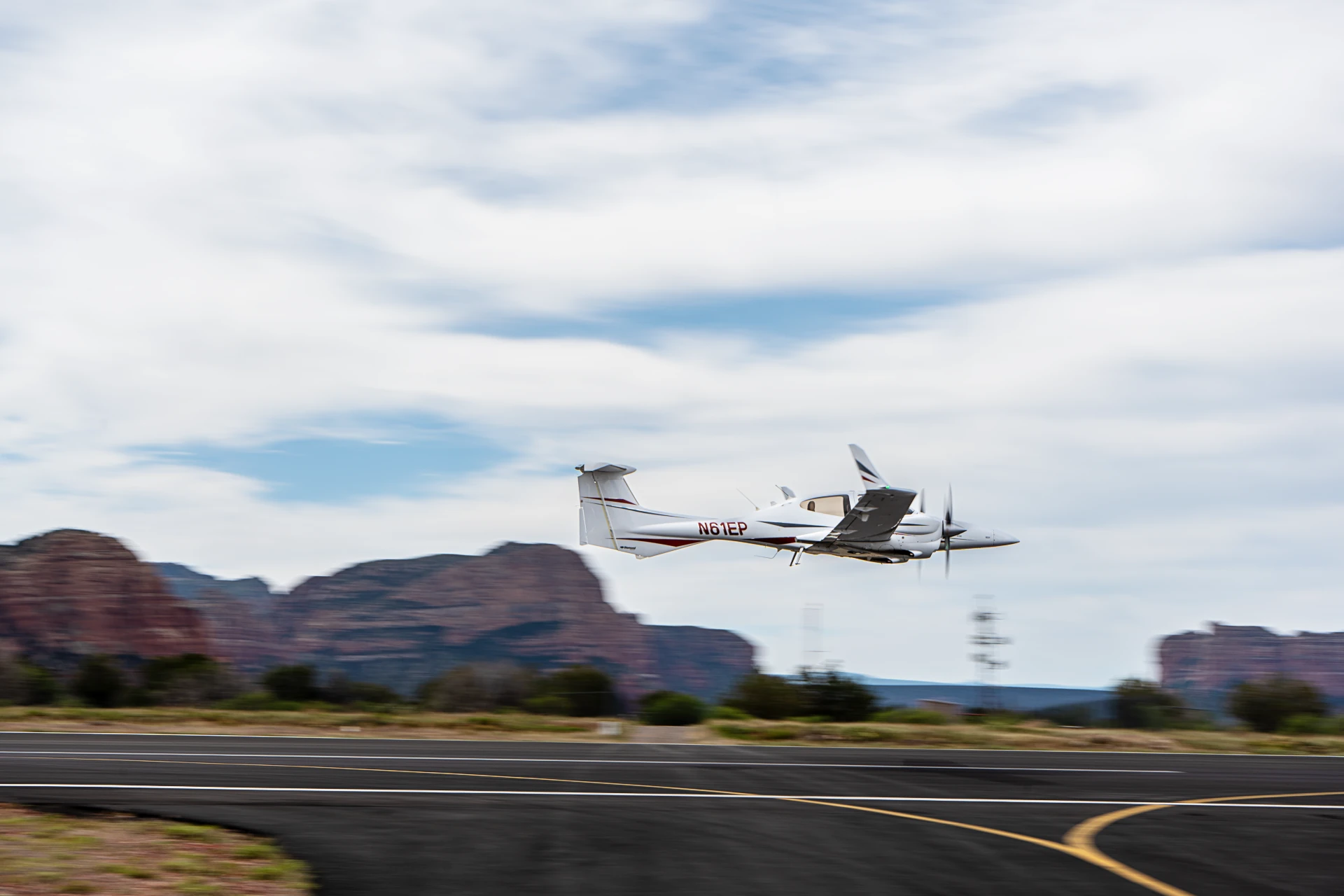
The Role of Advanced Avionics in Modern Flight Training
Published by:
Greg Hadley
Introduction: Beyond the Yoke: Why Avionics Matter More Than Ever
In decades past, a pilot’s challenge was largely in stick-and-rudder skills, navigating with VORs, NDBs, and visual references. Today, avionics, the electronic systems that control navigation, communication, flight instrumentation, situational awareness, and automation, are as essential to the cockpit as the flight controls themselves. Training on modern glass panels, synthetic vision systems, integrated autopilots, and digital flight management systems is no longer optional: it’s how you fly safely and competitively in the 21st century.
In this post, we explore how advanced avionics are reshaping flight training, the benefits for students and flight schools alike, and how SimpliFly is embracing these technologies to give you an edge in your aviation journey.
What Do We Mean by “Advanced Avionics”?
“Avionics” broadly covers all of the electronic systems aboard an aircraft, and “advanced avionics” refers to the newer generation:
- Glass cockpit / digital displays replacing analog gauges
- Flight Management Systems (FMS) for route planning, performance calculations, and navigation
- Synthetic Vision Systems (SVS), which render terrain, obstacles, and runway environment in 3D form for better situational awareness
- Integrated autopilot / flight-envelope systems that assist in maintaining stable attitudes and following programmed trajectories
- Advanced navigation / communication / surveillance systems (e.g. ADS-B, Mode S, GNSS systems)
- Enhanced safety systems such as Terrain Awareness & Warning Systems (TAWS / EGPWS) and ground-proximity warning systems
Together, these systems reduce pilot workload, provide clear visual cues, detect hazards earlier, and allow more efficient, precise operations.
How Advanced Avionics Transform Pilot Training
1. Better Situational Awareness, Fewer Pilot Errors
Traditional cockpits rely on scanning gadget‑style instruments and maintaining spatial orientation. Modern avionics like synthetic vision, terrain overlays, and integrated alerts help pilots see what’s around them—even in degraded visibility. That additional layer of awareness reduces the chance of controlled-flight-into-terrain (CFIT) and other spatial errors.
2. Efficient Learning Curve — Less “Seat of the Pants” Guessing
Instead of learning by trial and error, students can train directly on what they’ll see in real commercial or general aviation cockpits. Because avionics automate routine tasks (such as holding altitude, executing course changes, or following flight plans), instructors can focus more on decision-making, emergency procedures, and systems knowledge.
3. Bridging the Gap to Airline or Advanced Operations
Many airlines and advanced aircraft (multi-engine, turboprops, jets) now fly with highly integrated avionics suites. Learning on simpler analog panels does not fully prepare a pilot for that environment. Training on modern avionics, including FMS, autopilots, and navigation automation, gives you a head start when you transition to advanced aircraft or airline training.
4. Standardization and Safety Metrics
Advanced avionics systems collect and log system performance, flight path metrics, and alert events. Flight schools and students can analyze these logs to identify common mistakes, training gaps, or trends—a kind of “black box for learning.” Over time, this helps improve training consistency, safety, and outcomes.
5. Lower Long-Term Operating Costs & Maintenance
Although adopting advanced avionics has upfront costs, modern systems can reduce failure points compared to older analog wiring. They often require fewer line adjustments or mechanical recalibrations. Also, software updates can enhance performance without physical hardware changes.
Challenges & Best Practices in Avionics‑Based Training
- Cost & Upgrades: Upfitting aircraft with glass panels, FMS, and synthetic systems can be expensive. Schools must plan financing and phased updates carefully.
- Instructor Proficiency: Instructors must be fully comfortable with the new avionics to teach effectively, including failure modes and “reversionary modes” (i.e. when systems fail).
- Balancing Automation with Manual Skills: Overreliance on automation can erode basic stick-and-rudder instincts. Training programs must preserve manual-flight fundamentals and teach when and how to override automation.
- Scenario-Based Training: Rather than rote checklists, training using real-world scenarios—system failures, diversion, weather changes—helps students internalize robust decision-making.
SimpliFly’s Commitment to Avionics‑Driven Training
At SimpliFly, we believe that your flight training should reflect the realities of modern aviation. That’s why our approach includes:
- Glass-cockpit equipped trainers (when available) that mirror real-world avionics suites
- Structured avionics transition modules for students progressing from basic to advanced systems
- Instructor-led systems training, covering failure modes, system logic, and manual reversion strategies
- Data‑driven evaluation, using avionics logs to pinpoint where students need coaching
- Bridging to advanced ratings (instrument, multi-engine, commercial) with avionics continuity
By incorporating advanced avionics throughout your flight curriculum, SimpliFly ensures you graduate not just with hours, but with skills relevant to today’s cockpit environment.
Looking Ahead: The Future of Avionics & Training
The pace of avionics innovation hasn’t slowed:
- Augmented Reality / Heads-Up Displays (HUDs) promise even more intuitive overlays in cockpit views.
- Machine learning / predictive analytics may detect anomalous behavior or maintenance issues ahead of failure.
- Unmanned aerial systems (UAS) avionics provide lessons in autonomy, communication, and sensor integration that could influence manned flight training models.
- Virtual / mixed-reality simulators will increasingly replicate avionics failures, environmental stressors, and realistic cockpit feedback—reducing reliance on aircraft time and cost.
By staying on top of these trends, SimpliFly aims to evolve your training environment just as the aviation world evolves.
Ready to Start Your Aviation Career? Enroll Now!
SimpliFly’s Accelerated CFI/CFII program offers a direct, efficient path to certification, whether you’re training in Mesa, Phoenix, or beyond. With limited spots available each month and a 100% pass rate, now is the perfect time to enroll and take the next step in your aviation career.
Contact us today to secure your spot, explore our financing options, and learn more about how SimpliFly can help you achieve your career goals. Enroll today at SimpliFly Flight School or call (480) 256-8355 to speak with our team. Whether you want to book a discovery flight or have questions about programs, financing, or scheduling, we’re ready to help you succeed.
